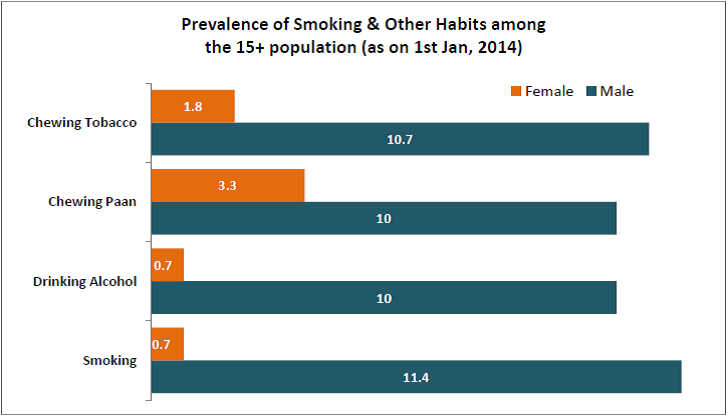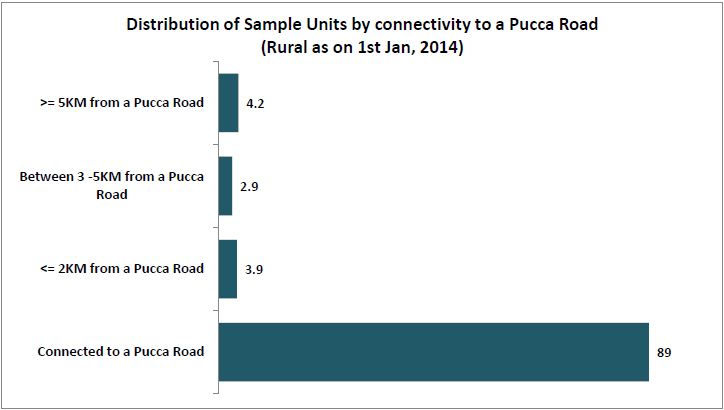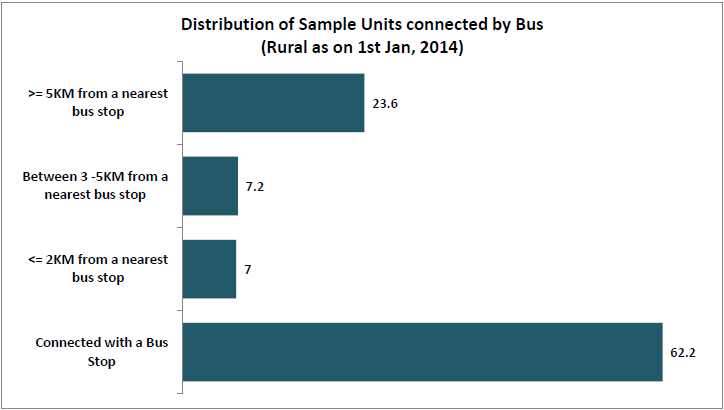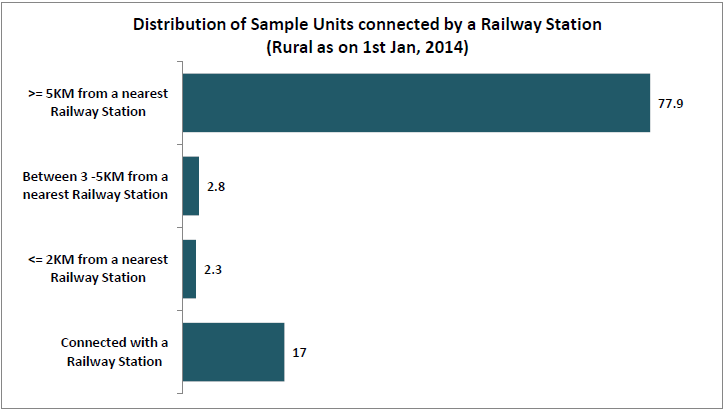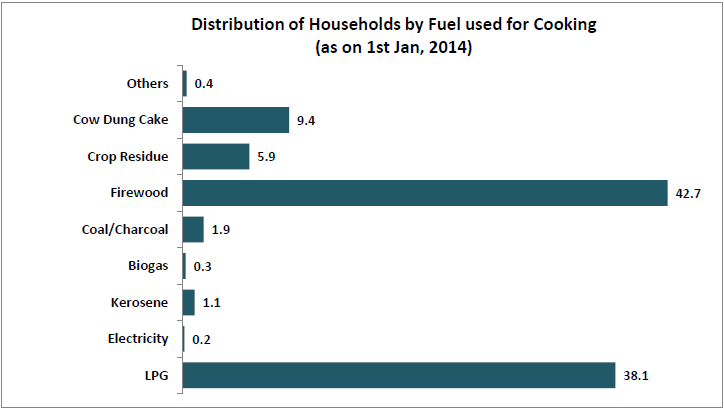[orc]The Registrar General of India (RGI) recently released the Baseline Survey results of the Sample Registration system. Among many interesting insights, it is known that 42.7% of the households in the country still use firewood for cooking.
The Registrar General of India (RGI) has recently released the Baseline Survey 2014 results of the Sample Registration System (SRS). The SRS is a large-scale demographic survey for providing reliable annual estimates of birth rate, death rate and other fertility & mortality indicators at the national and sub-national levels. The baseline surveys also include other data points.
What is SRS?
SRS was initiated on a pilot basis by the RGI in a few selected states in 1964-65. It became fully operational during 1969- 70 with about 3700 sample units. The field investigation consists of continuous enumeration of births and deaths in selected sample units by resident part time enumerators, generally anganwadi workers & teachers, and an independent survey every six months by SRS supervisors. The data obtained by these two independent functionaries are matched. The unmatched and partially matched events are re-verified in the field and thereafter an unduplicated count of births and deaths is obtained. The sample unit in rural areas is a village or a segment of it, if the village population is 2000 or more. In urban areas, the sampling unit is a census enumeration block with population ranging from 750 to 1000. At present, SRS is operational in 8854 sample units (4,962 rural and 3,892 urban) spread across all States and Union territories.
Here are five interesting insights from the Baseline Survey results of the SRS 2014.
More than 10% male smoke, drink alcohol and chew tobacco
Smoking was prevalent in 11.4% of the male population among those aged 15 years and above as of 1st January 2014. Among the female, this was only 0.7%. About 10% of the male aged 15 years and above drink alcohol, 10% chew paan while 10.7% chew tobacco. Among various groups, the highest prevalence of smoking was in Scheduled Caste (SC) male at 16.3% while the highest prevalence of drinking alcohol was in Scheduled Tribe (ST) male at 18.2%. Among women, STs had the highest prevalence of all the mentioned habits.
Among various age groups, the highest prevalence of smoking and drinking alcohol among male was in the 45-59 age group, while in the female, it was in the 60+ age group.
Only 89% of the sample units in Rural India are connected by a pucca road
Out of all the surveyed units in Rural India, only 89% were connected by a pucca road while 4.2% units were more than 5km away from a pucca road. Among the states, the pucca road connectivity was lowest in West Bengal (73.4%) followed by Jharkhand (73.6%). Only Delhi & Telangana have 100% pucca road connectivity for all the surveyed units. Jammu & Kashmir had 13.3% units that are more than 5km away from a pucca road, the highest for any state. This is also the only state with more than 10% units that are 5km away from a pucca road.
Close to a quarter units in the rural areas have to walk more than 5km for a bus
Only 62.2% of the surveyed rural units were connected with a bus stop, while 23.6% units had a bus stop more than 5km away. Among the states, only 7.2% of the surveyed units had bus stops in Uttar Pradesh, the lowest for any state, followed by Uttarakhand (18.5%) and Jharkhand (18.7%). Telangana was again on the top with 98.3% of the surveyed units connected by a bus stop. Among the states, more than 90% of the surveyed units were connected by a bus stop in only the four southern states of Telangana, Kerala, Karnataka and Tamil Nadu. In Uttar Pradesh, the nearest bus stop was more than 5km away for 62.2% of the surveyed units.
Only 17% of the rural units are connected with a railway station
Out of the surveyed rural units, only 17% were connected with a railway station while 77.9% of the units were more than 5km away from the nearest railway station. Among the states, Maharashtra was on the top with 69.8% of the surveyed rural units being connected with a railway station. Only in Assam, Haryana, Maharashtra, Punjab & Telangana, more than 50% of the surveyed units were connected with a railway station. In Madhya Pradesh, 95.8% of the surveyed units were more than 5km away from a nearest railway station, the most for any state. In six of the surveyed states, more than 90% of the units were more than 5km away from a nearest railway station.
42.7% of the surveyed households still use firewood for cooking
Of all the surveyed households, 42.7% of them still use firewood for cooking, the most for any form. LPG is used by 38.1% of the households followed by Cow Dung Cake that is used by 9.4% of the households. Crop Residue is used by 5.9% of the households. Among states, firewood is used by 80.8% of the surveyed households in Chhattisgarh, the most for any state. 72.1% of the households use firewood in Odisha followed by Madhya Pradesh (70.6%). In Bihar, only 8.5% of the households use LPG while 41.2% use Cow Dung Cake. 22.8% use crop residue and 26.1% use firewood for cooking in Bihar. 97% of the households use LPG in Delhi, the most for any state followed by Telangana (75.9%).
Featured Image: By Michael Foley


